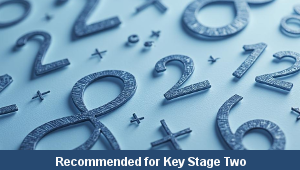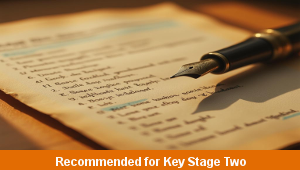Lesson One – Word Sums ed

This English teaching pack for Key Stage Two gets the children to explain and model how to add the suffix ed to a range of different word roots with stressed final syllables to utilise when describing some of the special places that can feature in a story.
The class can practise using some of the suffixed words in sentences describing settings that might be used in different stories which characters can use for interactions.
Download this teaching pack including a lesson plan, classroom activities and an interactive presentation to explain and model how to add the suffix ed to a range of different word roots with stressed final syllables to utilise when describing some of the special places that can feature in a story
Activities in this teaching pack include a differentiated set of worksheets to practise adding the suffix ed to a range of different word roots with no spelling changes for support ability levels and with root spelling changes for core and extension ability levels to use when describing story settings.
The interactive presentation gets the children to explore how to add the suffix ed to a range of different word roots with stressed final syllables.
This lesson is part of an English scheme of work to get the children to investigate narrative techniques used by authors to describe story settings, practise building words by adding the suffix ed to words with stressed final syllables and extend sentences using conjunctions. There are teaching activities for shared learning, differentiated worksheets to support independent learning and interactive presentations to introduce concepts and key skills.
-

Length Calculations
Practise using number calculations skills for addition, subtraction, division and multiplication when solving problems related to length measurements
-

Maths Calculations Assessment
Assess abilities in solving a range of different number problems for addition and subtraction when working with informal and formal written calculations
-

Determinant Lists
Explain and model how to make lists of objects used and found in different locations to match the correct determinants of a and an
-

English SPAG Assessment
Assess abilities in composing sentences for fiction and non-fiction using the correct spellings, punctuation marks and grammar vocabulary phrases
